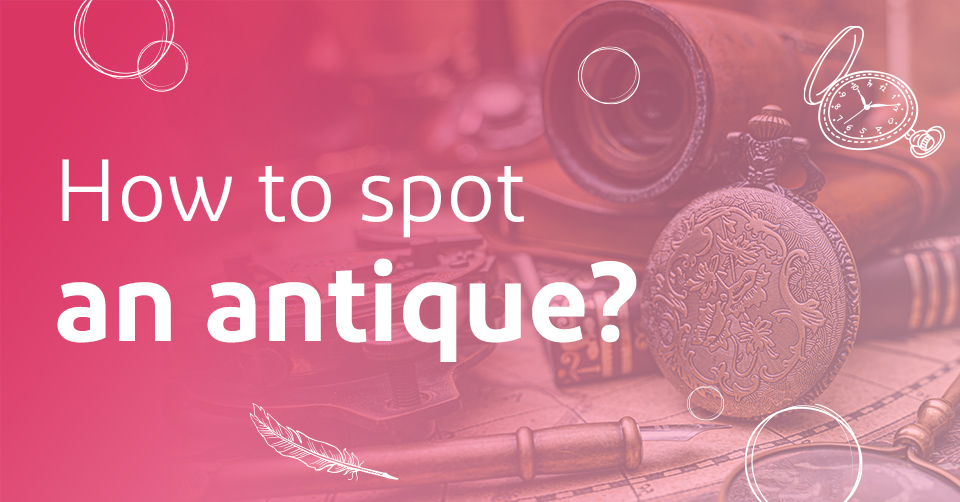

Great mews – there’s no need to go Antiques Roadshow! It’s easy to figure out if that tattered porcelain doll you inherited from Aunt Mable is actually an antique. Or, if the dusty, China tea set in your attic served tea to emperors. With these tips, you can figure out if you’re dealing with a real antique or have you just ended up with someone’s unfinished art project.
Multiple Types Of Wood Is A Good Thing In Furniture
There are multiple types of wood in the furniture of the 21st Century! But if it's an antique, you are to expect such imperfections! Antique furniture would usually have different types of wood to fill the bottoms of chairs, drawers or cupboards. Plus, old carpenters worked in pieces rather than bulks due to a lack of sophisticated equipment. If the product contains the same type of wood and the edges appear rather refined, then it’s probably a reproduction!
Hand-Made Toys Are A Lead
There are many replicas out there; identifying the authenticity of a toy might be a real challenge! But as hard as it sounds, just look and see if the toy was made by hand or hand-painted – as this proves that it’s old. Prior to the industrial revolution, most toys were carved by hand. Search for any labels, signature marks or identifiers as well. This can help you track the manufacturer and its age. With some luck, you might uncover the real Jumanji!
Signatures, Dots And Textures Make Paintings Authentic
There’s little chance you end up with the lost works of Dali or Picasso from a flea market. But there is the chance that you end up with a surprise! For paintings, it’s usually useful to use a magnifying glass and take a closer look at the details. Signatures of real paintings tend to be painted or appear handwritten. Textures of strokes and intense layers of paint in acrylic and oil paintings point to a real antique. If you spot flat signatures, plain strokes, and eerie dots in lines on the painting, then it looks like someone has been photocopying Picasso. (#copyrights!)
Hints In Your China Tea Set That Shows It’s Really From Ancient China
Delft blue is said to be among the most popular colours in old cups and teapots. Touches of gold with complicated patterns prove that it might be a set that dates to the 18th century. Often, when it comes to antique sets, one or more of the pieces will be missing or broken. As such, your set might have some pieces that are a little bit different. After all, that’s what makes it a fool-proof antique. The beauty lies in the flaws!
Going antique hunting? Don’t forget your guide from Kitty Bingo!